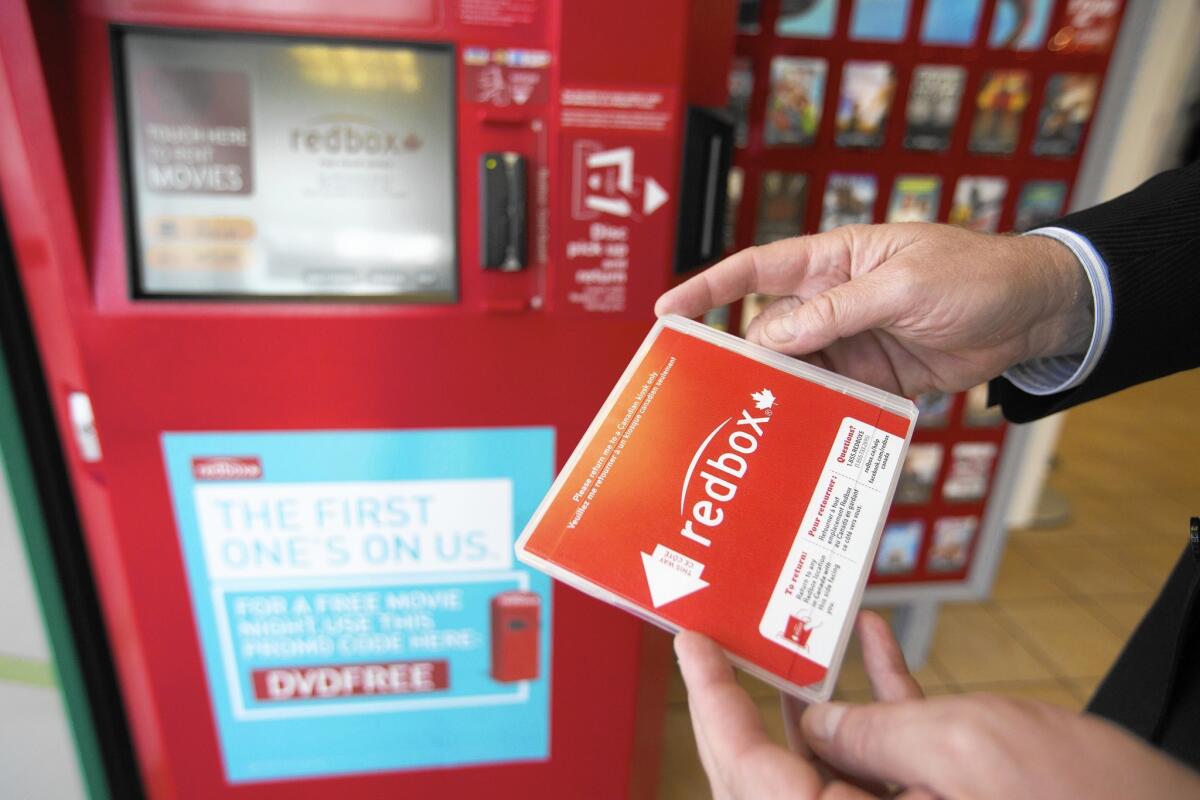Year in Review: DVD and Blu-ray customers stayed loyal to their formats in 2014

In June, the Criterion Collection’s president, Peter Becker, posted a statement on the company’s website announcing that it was going to stop producing “dual-format” titles that contained both DVDs and Blu-ray discs. This was a huge step away from what had become an industrywide trend toward bundling every possible configuration of a movie into a single package: DVD, Blu-ray, digital download, cloud-hosted copy and in some cases even 3-D.
“No one seemed particularly happy,” Becker wrote. “Blu-ray customers didn’t like making room for DVDs they didn’t want, and DVD customers didn’t like paying more to get a Blu-ray they couldn’t play.”
That Criterion — the class act of the home-video market — even offered dual-format in the first place is a testament to what the DVD and Blu-ray business is like in 2014. Streaming services and digital devices are siphoning away the kinds of customers who used to be the first in line to buy a movie when it hit the stores. These multi-media combo-packs were meant to be a way to lure those customers back by reassuring them that they had to buy a movie only once.
When it comes to physical media, though, it’s increasingly looking like consumers are set in their ways. DVD owners and renters have been content to stand pat, leaving Blu-ray to the connoisseurs. (From 2012 to 2013, Redbox kiosk DVD rentals were down only 1%, while DVD and Blu-ray sales combined were down 8%.) Meanwhile, the audience for digital is figuring out what it wants, though it’s becoming increasingly clear that what they don’t want is more clutter around the house.
It’s not all bad news for the handful of people who like to buy lovingly assembled Blu-ray sets. Although the new-release lists each week are cluttered with big studio re-releases of the same perennially popular movies — now available in their 10th, 15th or 20th “anniversary editions” — recent years have seen the rise of specialty labels that cater to those with no interest in buying “Ghostbusters” yet again.
In 2014, one of the big stories in the DVD/Blu-ray business was the expansion of Kino Lorber. The venerable art house/indie distribution company launched a new “KL Studio Classics” line to release older Hollywood films on Blu-ray — many for the first time. Kino Lorber also struck deals with the specialty labels RaroVideo, Scorpion Releasing and Palisades Tartan to maintain a steady flow of cult films and foreign imports.
At the same time, Shout! Factory has continued to release a diverse lineup of fan-favorite TV series and genre films — the latter mostly through its increasingly vital, horror-focused Scream! Factory imprint. And then there are companies like Milestone, Flicker Alley, Timeless and so many more, which have been doing the important work of preserving cultural history, both high and low.
There’s still a need for physical media. It’s easy to download a copy of “The Lego Movie” but more complicated to download all the extras that are available on a “Lego Movie” Blu-ray. And while a lot of Criterion titles are available to Hulu subscribers, there’s no way for a streaming service to replicate the value of a good Criterion box set with all of its interviews, commentary tracks and bonus short films that put a director’s career in context.
This much is true: As the number of screens in our homes and on our persons multiply, the demand for entertainment to fill those screens goes up too. Figuring out the right way to deliver movies and TV shows to all the various devices is something the big media companies are sorting out. But the market isn’t going anywhere.
More to Read
Only good movies
Get the Indie Focus newsletter, Mark Olsen's weekly guide to the world of cinema.
You may occasionally receive promotional content from the Los Angeles Times.






